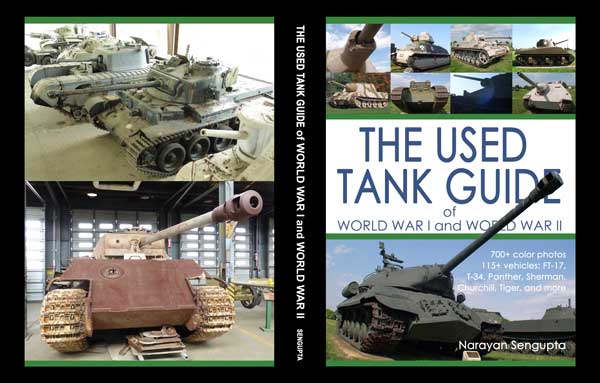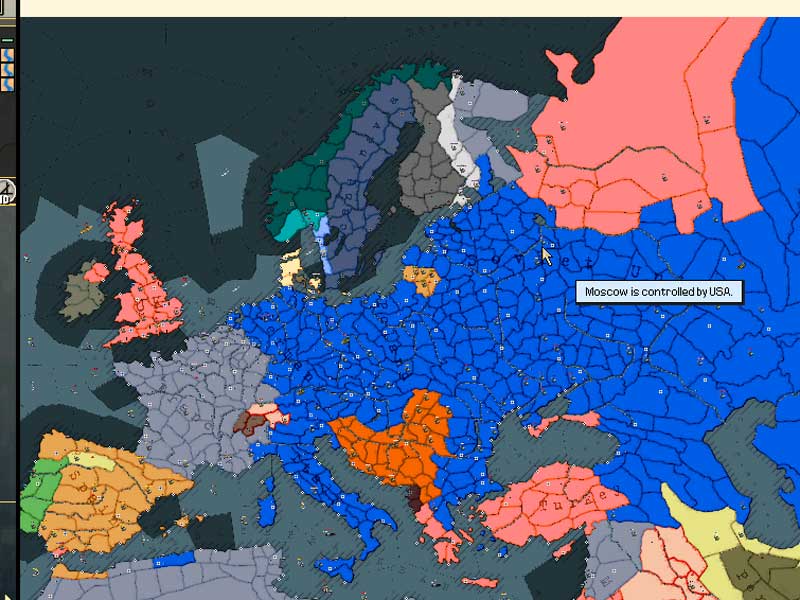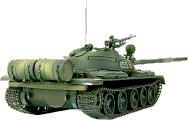Causes of the Sinking of the Bismarck
New theory of the cause of sinking of the Bismarck.
On the official Bismarck Forum I have followed many discussions and repeatedly asked by which causes Bismarck was really sunk. Was she sunk by the hailstorm of heavy shells and the few extra torpedo's or was the Bismarck sunk by their own crew after the last main turret Ceasar fired her last salvos (about 9.31). Oels did give this commando about this time.
Since Bismarck was so difficult to sink (the emphasis on an extensive compartimentalization, large proportion of displacement devoted to armor ) the continuing shelling only caused casualties which could be lessened by scuttling the ship which also could be entered by the British.
Some members insisted on the theory that the shelling caused fires near ammunition stores which all had to be flooded. Some penetrations also caused flooding and the necessary counter flooding. With already 2000 tons of water in the forecastle and extensive damage caused by the torpedo which wrecked the rudders.
So Bismarck sank slowly deeper in the water, with her main belt sinking deeper and offering less a target. Reason why only 2-3 penetrations occurred.
Upper belt was more extensively penetrated, high seas, giving more water entrance to the ship.
So Bismarck fired for almost 40 minutes with the heavy SA. Half of that time with all 4 turrets (and if the C&D turrets had an arc open: say also 50% of the time) and half of the time only with the C & part of that half with the D turret. ROF was "low": on average 1 shell per minute per gun. Bismarck fired between 120 and 180 heavy shells.
The large amount of water made the hull unstable and caused her to roll over at about 10.39.
There is still a debate if the CT was penetrated. Some believe that this was not the case.
Leaving 1000 members in the water out of 2200 of which only 100+ were saved.
New evidence on final camouflage
Bismarck's upper turret tops/ roof (horizontal part) were painted dark Yellow when operating within Luftwaffe range. So were the outer part of the barrels of turret B and C where they overhanged the turret roof of A and D. Lütjens was ordered by KM to overpaint them with DARK GREY outside range and repaint them if coming in Luftwaffe range again: that happened before the last day when sailing towards Brest.
Bismarck swastikas on the deck: same procedure. 15 cm turret tops and swastikas were covered by "grey-dessert sand" canvas covers instead of painting.
So Bismarck's DARK GREY on the main turret roofs were DARK YELLOW in her last duel. The barrels remained dark grey however.
Sound theory of bad shooting of Bismarck on her last day
Bismarck intentionally dropped speed to 8 Mph and like a drunken sailor zig-zagged and slingering (like a "drunken Bee") towards the enemy. This increased the possibility of hits on herself AND the enemy. But with a higher speed and the slingering her own guns certainly were not able to obtain any hits, because of all the different turns of the ship. Most members agree that Tovey mathematically plotted and assured statistically that Bismarck was first hit and that this first hit also reduced Bismarck's chances for a counter hit to virtually zero. This exactly happened. That Bismarck was able to straddle Rodney and later KGV with the after turrets was still remarkable, but it did not result in any hit. The chance of hits being < 1%.
Bad AA was result of the destruction of Bismarck
Like all ships of those days Bismarck possessed a lot of AA but the fire control of the heavy AA was split between fore and after stations (not having the latest technical devices aft) and not optimal because of few practising, wrong aiming device calibration, short time to hit interval and the darkness. The large aircraft crane hindered the shooting arcs of the heavy AA. The medium AA had a too slow ROF and the light AA could not fire on larger distances.
All resulted in the incapacity to stop the attacking slow moving sturdy Swordfishes at the decisive moment.
Wrong choices made on design?
Other members state that a large portion of the displacement was assigned to armour, that this armour didn't protect the ship against critical hits and lengthened the sinking process causing unnecessary casualties. Emphasis was on unsinkability and stability instead off protection, range and speed.
That instead of amour Bismarck was better helped with greater speed (like Scharnhorst?) and a larger action radius to enlarge the options on the mission and to ensure that no final duels against superior forces were needed.
The weak protection of the rudders and no means to correct steering when damaged are well known statements on the weak sides of the Bismarck design.
So weak points are: Medium and heavy AA, rudder protection/ damage control, armour lay-out, fuel preservation/ protection.
Good points are: stability, unsinkability (is only a benefit when operating in home waters), fine architecture, fire control/ direction (quality/ precision).
The design was: a big handsome impressive ship which could operate against moderate superior (air) forces (especially destroyers), which was a stable gunnery platform to secure striking power, and which was (extremely) hard to sink.
Robert Veenenberg, Vinkeveen, The Netherlands
rolivire@casema.nl

 Home
Home Hearts of Iron
Hearts of Iron








 French Military Victories...
French Military Victories...